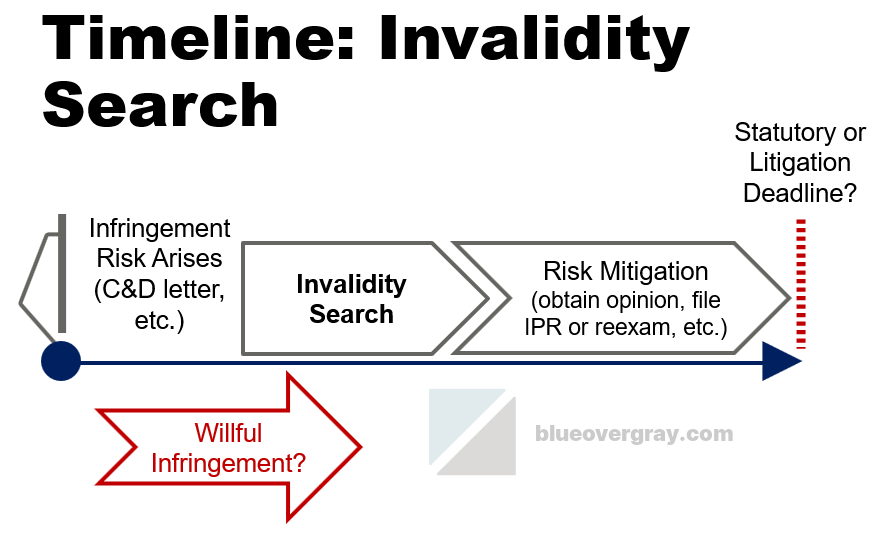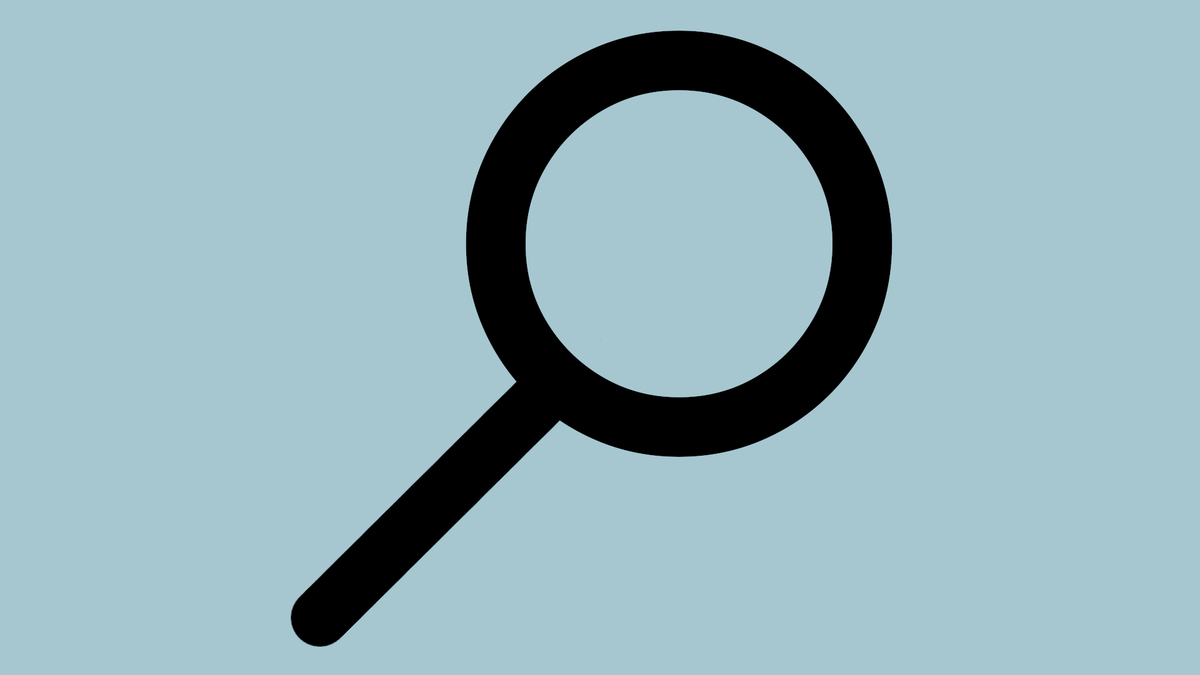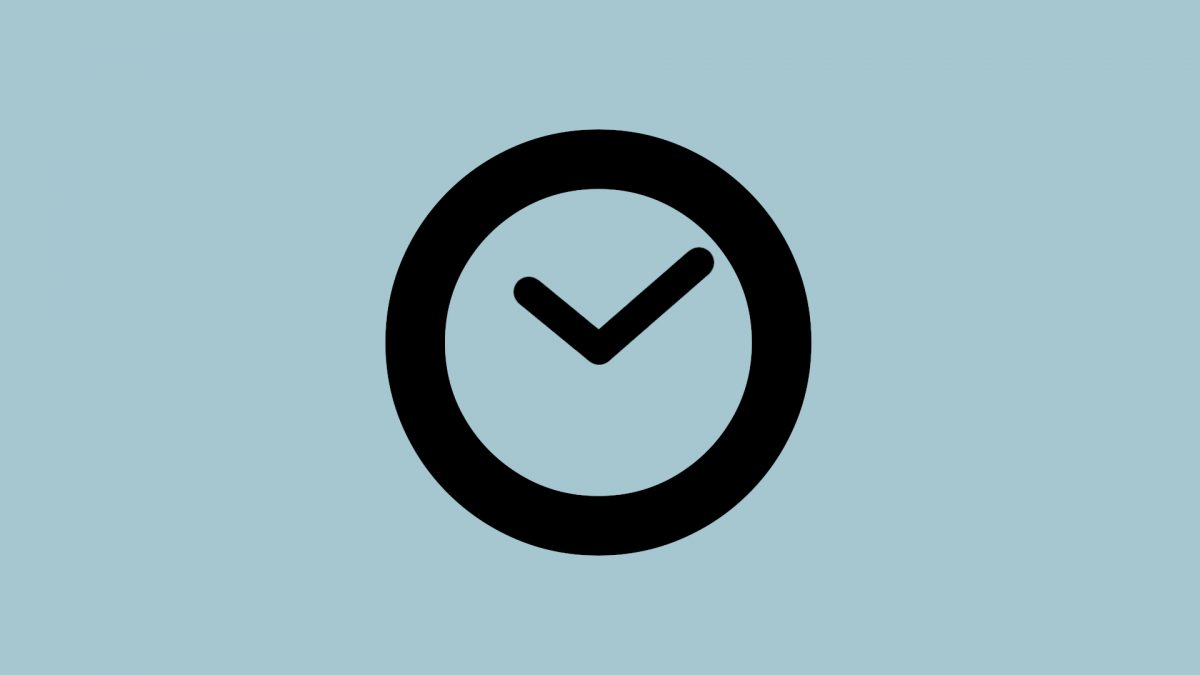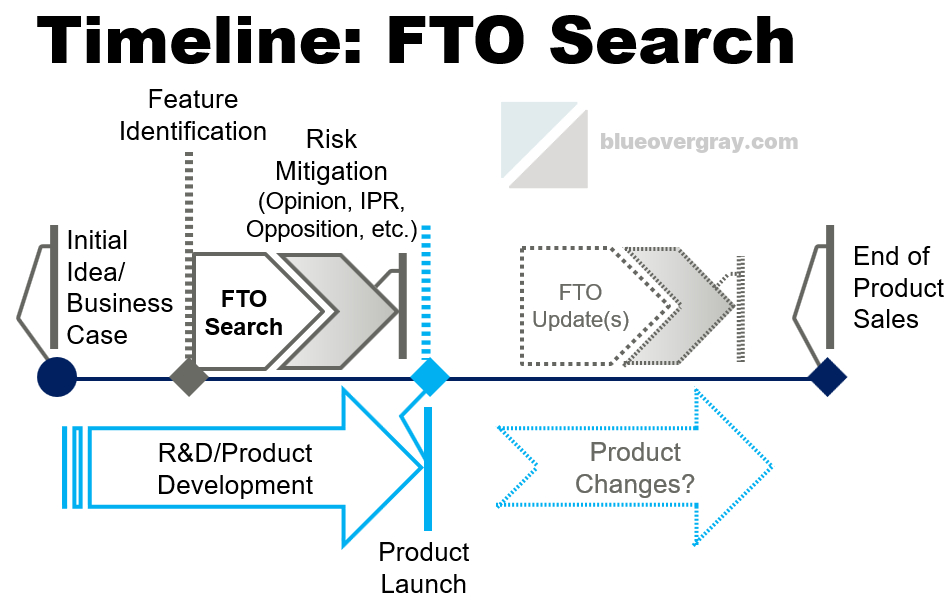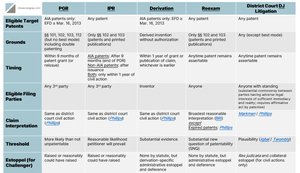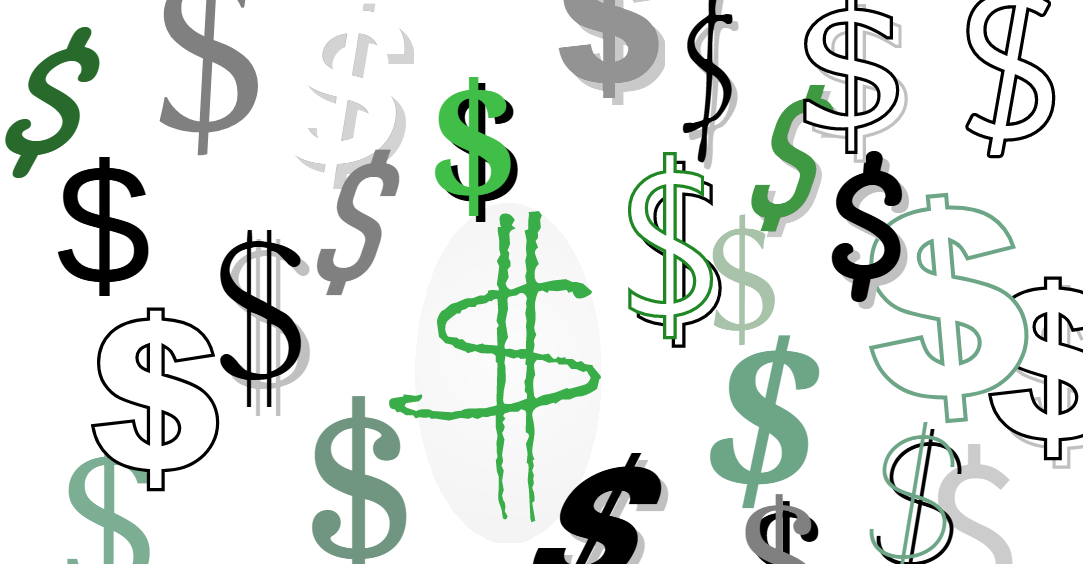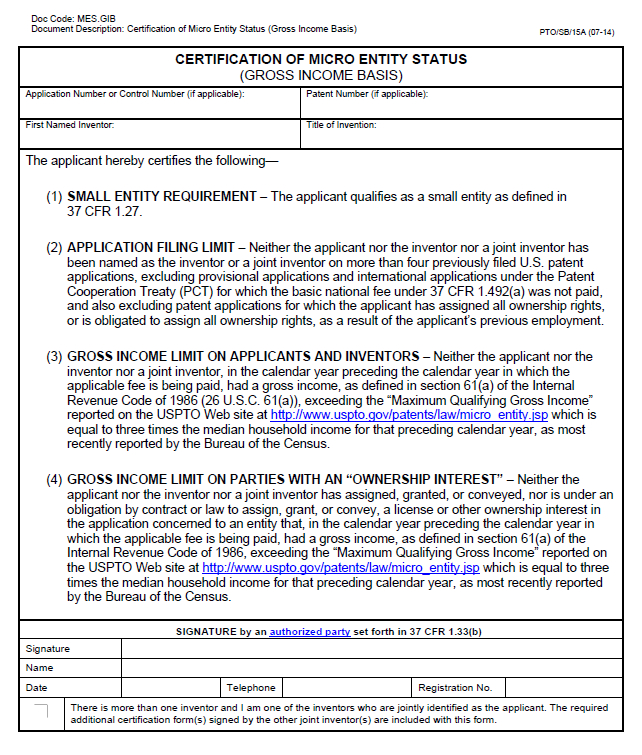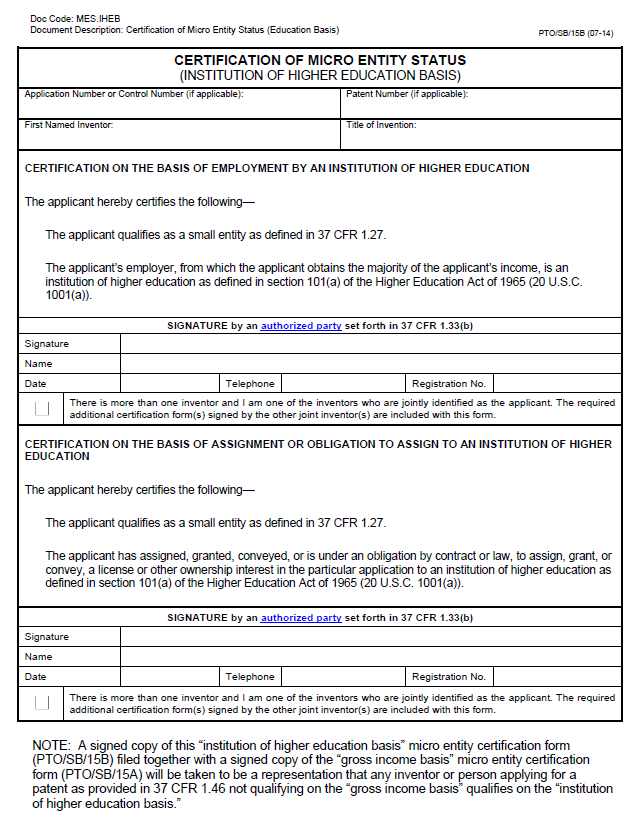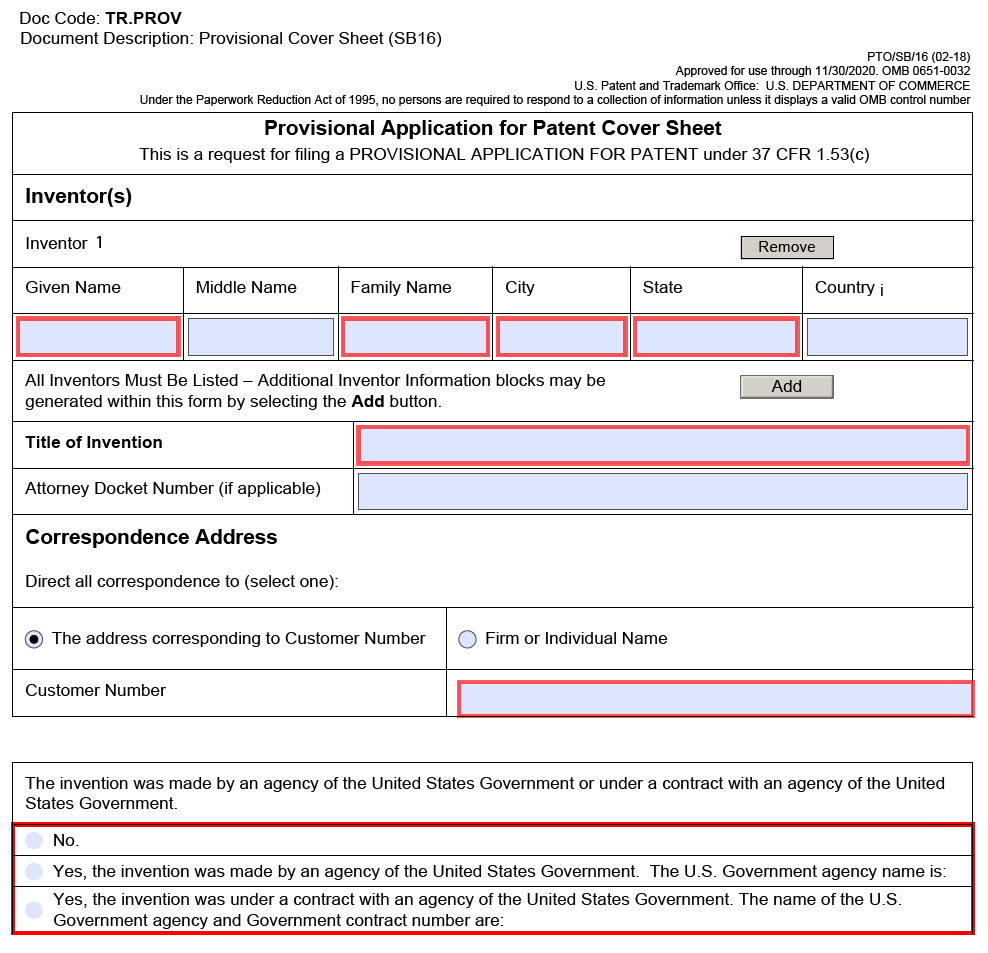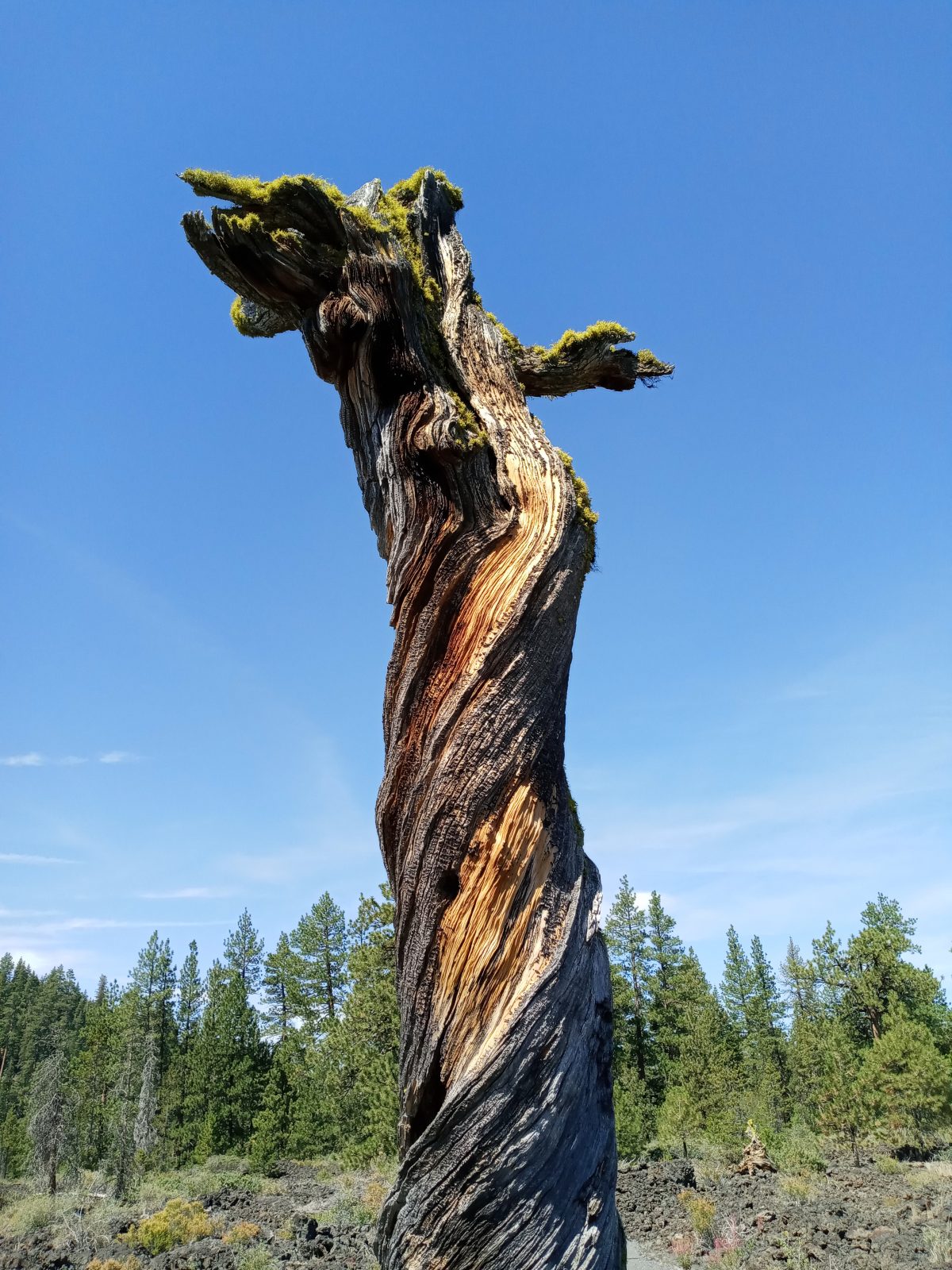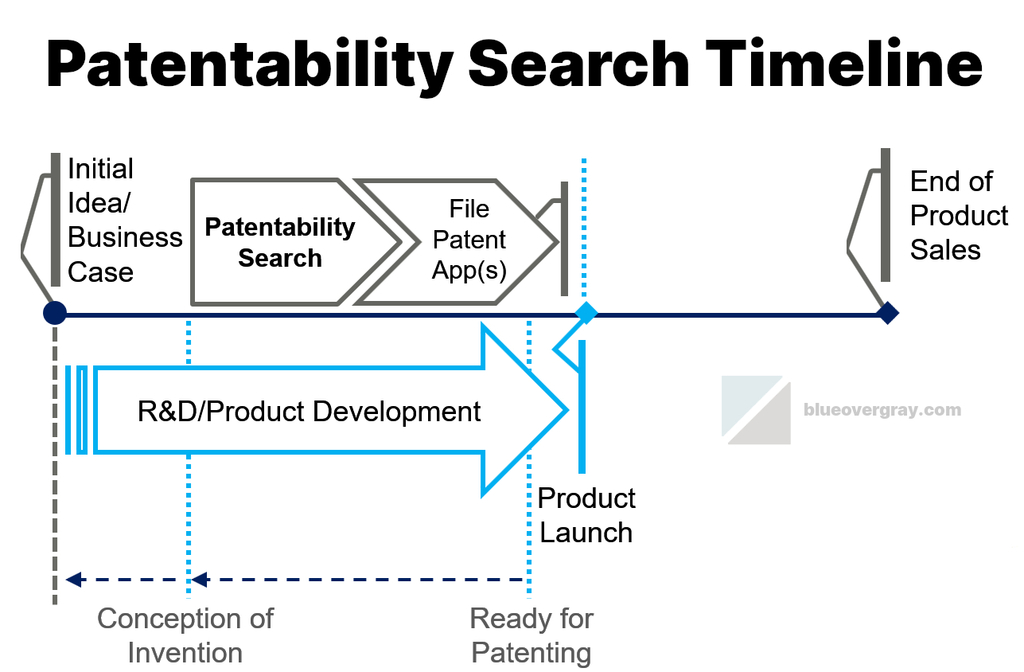By Austen Zuege & Benjamin Edlavitch
A version of this article about patent assignments and assignor estoppel appeared in an online magazine on August 4, 2021 as intellectual property “expert analysis”.
Introduction
For many decades, the terms and content of patent assignments have been relatively uncontroversial. However, the Supreme Court’s recent ruling in Minerva Surgical, Inc. v. Hologic, Inc. established that assignor estoppel will apply to some assignments but not others.[i] Consequently, the execution of an assignment of patent rights is now potentially more contentious than before. Parties to an assignment may now wish to scrutinize the terms of an assignment document as well as the factual context around the execution of an assignment that may give rise to implied terms. What follows is an analysis of practical considerations for a patent assignment, including sample assignment clauses that might be negotiated, in light of Minerva.
Minerva reaffirmed the doctrine of assignor estoppel but limited its scope to what an assignor represents in assigning patent rights. The assignor is estopped from challenging the validity of the patent when the “assignor’s claim of invalidity contradicts explicit or implicit representations” the assignor made.[ii] A key aspect of the Court’s holding involved determining the scope of “implicit representations” that result in assignor estoppel.
The Minerva Decision
Inventor Truckai had assigned patent applications to Novacept, Inc., which was later acquired by Hologic, Inc.[iii] Afterwards, Truckai founded Minerva Surgical, Inc., and Hologic sued Minerva for patent infringement on resulting patents.[iv] Hologic argued that assignor estoppel barred Minerva from arguing the patents were invalid and the district court and the Federal Circuit both found that assignor estoppel barred the defendant from pursuing invalidity defenses.[v] The Court vacated and remanded the case in a 5-4 ruling and explained that “the limits of the assignor’s estoppel go only so far as, and not beyond, what he represented in assigning the patent application.”[vi] Therefore, “if Hologic’s new claim is materially broader than the ones Truckai assigned, then Truckai could not have warranted its validity in making the assignment” and, thus, “there is no basis for estoppel.”[vii]
The Court outlined a total of three examples where assignor estoppel does not apply. “One example . . . is when the assignment occurs before an inventor can possibly make a warranty of validity as to specific patent claims. Consider a common employment arrangement. An employee assigns to his employer patent rights in any future inventions he develops during his employment; the employer then decides which, if any, of those inventions to patent. In that scenario, the assignment contains no representation that a patent is valid. How could it? The invention itself has not come into being.”[viii] “A second example is when a later legal development renders irrelevant the warranty given at the time of assignment.”[ix] Thirdly, a post-assignment change in patent claim scope in which the “new claims are materially broader than the old claims” does not trigger assignor estoppel.[x] This last example was the situation alleged in Minerva: materially broader continuation claims filed after execution of the assignment were not subject to assignor estoppel because the Court held there was no implied warranty of validity.[xi] While the majority opinion helpfully gave a few examples of circumstances that would or would not give rise to an implied warranty, they are hardly exhaustive and do not reach some fairly common assignment scenarios, leaving some ambiguity.[xii]
Practical Considerations and Possible Assignment Clauses
Almost all of the factors that determine whether assignor estoppel will apply may be within the control of the parties to an assignment. It may be possible to include explicit terms in the assignment document in order to avoid later dispute about what was or was not implied by circumstances of execution. The question becomes, what are the sorts of terms that assignors and assignees may now wish to consider? The following are simply examples; particular parties will have different interests and their relative bargaining power will of course vary from one situation to the next. Though as discussed below the enforceability of certain terms should not be assumed in all scenarios.
Assignees will now have motivations to try to add clauses to employment and services agreements establishing assignment obligations with some or all of the following additional terms: assignment timing requirements (i.e., after assignor estoppel attaches), requirements for non-quitclaim assignment or warranty of validity requirements, and express no-challenge clauses. For example, if an assignee’s claims are materially broadened, then the assignor could not have warranted the claims’ validity at the time of the assignment and there is no basis for assignor estoppel, as the Court held in Minerva.[xiii] Assignees seeking to acquire patent rights on a stand-alone basis will now have reasons to do one or more of the following: add an express warranty of validity or a no-challenge clause to an assignment, obtain a further post-grant warranty of validity (especially if any claim is materially broader), obtain a new assignment with each continuation or divisional application having materially different claims (especially any broader claims), and include a choice of law provision. The following are sample clauses that might be used to pursue assignee objectives:
I hereby waive all my rights to challenge validity of said invention in the United States and its territorial possessions and in all foreign countries and of all Letters Patent or similar legal protection in the United States and its territorial possessions and in any and all foreign countries to be obtained for said invention by said application or any continuation, continuation-in-part, divisional, renewal, substitute, or reissue thereof or any legal equivalent thereof in a foreign country for the full term or terms for which the same may be granted.
[No-challenge clause for stand-alone assignment]
I hereby waive all my rights to challenge validity of any and all inventions which I may solely or jointly conceive or develop or reduce to practice, or cause to be conceived or developed or reduced to practice, during the period of time I am in the employ of the Company in the United States and its territorial possessions and in all foreign countries (collectively, “the Invention(s)”) and of all Letters Patent or similar legal protection in the United States and its territorial possessions and in any and all foreign countries to be obtained for the Invention(s) by any application or any continuation, continuation-in-part, divisional, renewal, substitute, or reissue thereof or any legal equivalent thereof in a foreign country for the full term or terms for which the same may be granted.
[No-challenge clause for employment agreement]
Assignors (including employee-inventors[xiv]) will now have greater reasons to question and push back against terms present in—or missing from—assignee-supplied assignment forms. As the Supreme Court put it, assignor estoppel “raises the price of patent assignments.”[xv] For example, assignors will have reasons to demand one or more of the following: insist upon only a quitclaim assignment[xvi] or language expressly denying any warranty of validity, inserting a clause that assignor estoppel shall not apply, sign an assignment only with regard to a patent application lacking claims,[xvii] refuse to sign any “confirmatory” assignment that gives rise to a new warranty, and negotiate additional consideration (e.g., larger payment, bonus(es), a raise in base compensation, promotion in job title, etc.) if an assignee expects any express or implied warranty. The following are sample clauses that might be used to pursue some of those assignor objectives:
I hereby make this assignment without representation or warranty as to patentability or validity of said invention.
[No Warranty of Validity]
It is possible that an assignor could unilaterally write-in additional terms into an assignment form prepared by the assignee, given that only the assignor conventionally signs an assignment under U.S. law.[xviii] Assignees might be faced with scenarios where further consideration is required to subsequently “undo” terms unilaterally written-in by the assignor if consideration was already paid—giving rise to assignees withholding payment until the executed assignment (free from unilateral modifications) is delivered.
Given that assignors and assignees may have widely divergent interests, with each seeking to receive more in exchange for less, there may be a need to reach a compromise with regard to assignment terms. For example, one or more of the following terms might be agreed to: explicitly spell out what due diligence has or has not been performed and expressly include a partial warranty of validity limited to actual knowledge and due diligence activities and/or include express language that assignor estoppel is limited only to validity challenges based on the law as it exists at the time and/or only to prior art of which the assignor was actually aware at the time (putting the obligation on the assignee to inform the assignor of all material prior art).[xix] The following are sample clauses that might be used to pursue some of those compromise objectives:
After performing due diligence, I hereby warrant and represent my belief in the validity of the specific claims presented to me as of the Effective Date of this Assignment to define said invention only with regard to prior art actually known to me as of the Effective Date and only with regard to patent statues, regulations, case law, and any other controlling authorities in effect as of the Effective Date, but this warranty does not extend to any other patent claims that are materially broader than the specific claims presented to me as of the Effective Date, and I hereby accept no liability for any finding of unpatentability or invalidity by any competent authority; and
[Partial Warranty of Validity]
I agree, upon payment of a reasonable fee, to conduct further due diligence with respect to any materially broader claim and to make a similar warranty and representation of my belief in validity of that materially broader claim if, in my discretion, such a warranty and representation is justified by all of the facts and information available to me at that time.
[Promise to Make Future Warranties for a Reasonable Fee]
Enforceability Considerations
The enforceability and effectiveness of warranties of validity and related contractual clauses present a number of other issues. Among those is the need for consideration in order for an assignment to constitute a valid contract.[xx] This is where an inventor bonus program could be useful—a bonus could be provided as consideration for an assignment and an explicit warranty, or even just for the warranty alone.
Obligations to assign, such as in employment agreements, are subject to state (or foreign) law.[xxi] But obligations to assign do not necessarily also create an obligationto warrant as to validity. A party under an obligation to assign might therefore refuse to provide a warranty of validity absent receipt of further consideration. And the enforceability of an employment agreement or master services agreement that purports to impose a prospective obligation to warrant validity of an invention not yet conceived is a question distinct from the enforceability of prospective obligations to assign, and may need to be sorted out by courts.
To even further complicate things, it has been suggested that a confirmatory assignment could create a warranty of validity that did not attach to an earlier assignment.[xxii] That position seems doubtful, though it turns on the particular language used. A true “confirmatory” assignment merely acknowledges (confirms) a prior assignment, perhaps curing technical defects such as to fix a typo, add missing information needed to accommodate recordation requirements in particular jurisdictions, or to omit sensitive price information in a publicly recorded version. If the prior assignment contained no warranty of validity, express or implied, then merely confirming that prior (warranty-less) assignment creates no new warranty. That would be especially true for nunc pro tunc assignments that relate back to the effective date of an earlier warranty-less assignment. Many assignments include boilerplate language about further writings to effectuate the transfer in the event of a technical defect or barrier to recordability. But if a new warranty is expressly (or implicitly) added to a purportedly “confirmatory” assignment, then the assignment is not really (or not merely) a confirmatory assignment and there must be consideration for the new warranty term—continued employment alone would not be sufficient consideration in some states.[xxiii]
Conclusion
The execution of an assignment of patent rights is now potentially more contentious than before. However, it seems that amending an assignment in light of Minerva may reduce disputes subsequent to its execution.
Have an invention you would like to patent? Have a brand you would like to register as a trademark? Concerned about infringing someone else’s intellectual property? Is someone else infringing your IP? Need representation in an IP dispute? Austen is a patent attorney / trademark attorney who can help. These and other IP issues are his area of expertise. Contact Austen today to discuss.
Endnotes:
[i] U.S. No. 20–440 (June 29, 2021).
[ii] Id. Slip Op. at 1.
[iii] Id. at 2-3.
[iv] Id. at 3.
[v] Id. at 3-4.
[vi] Id. at 16.
[vii] Id.
[viii] Id. at 15.
[ix] Id.
[x] Id. at 15-16.
[xi] Id. at 16-17.
[xii] There are also ambiguities in the Court’s decision that stem from shifting terminology. For instance, are (granted) “patent claim(s)” = (pending) patent application claim(s) “presented” to the USPTO = (unfiled) claims prepared by assignee’s attorney = (unfiled) claims prepared by assignor or assignor’s attorney? A “patent claim” is not necessarily synonymous with a “patent application claim”. An assignment knowingly executed while a pending patent application claim stands rejected might arguably carry no warranty, though Minerva does not explicitly address such a scenario.
[xiii] Id.
[xiv] See Bd. of Trs. of Leland Stanford Junior Univ. v. Roche Molecular Sys., Inc., 563 U.S. 776, 786 (2011) (“In most circumstances, an inventor must expressly grant his rights in an invention to his employer if the employer is to obtain those rights.”); Banks v. Unisys Corp., 228 F.3d 1357, 1359 (Fed. Cir. 2000) (“The general rule is that an individual owns the patent rights to the subject matter of which he is an inventor, even though he conceived it or reduced it to practice in the course of his employment.”).
[xv] Minerva, Slip Op. at 14,n.4.
[xvi] See, e.g., Van Renesselaer v. Kearney, 52 U.S. 297, 322 (1851); Black’s Law Dictionary 503 (10th ed. 2014) (quitclaim deed is one that “conveys a grantor’s complete interest or claim in certain real property but that neither warrants nor professes that the title is valid.”). Assignor estoppel for patents is derived from real property law. Minerva, slip op. at 5-6. A patent quitclaim assignment could include language such as “hereby conveys and quitclaims” or “hereby transfers by quitclaim”, and the document title could explicitly use the word “quitclaim” (or “quit-claim”).
[xvii] A U.S. utility patent application (but not a design patent application) can receive a filing date even if lacking a claim. 37 C.F.R. § 1.53.
[xviii] However, handwritten changes to an assignment are normally initialed and dated by each of the assignor(s) to avoid disputes about post-execution changes not agreed to by the assignor(s). See MPEP § 323.
[xix] See Mast, Foos, & Co. v. Stover Mfg. Co., 177 U.S. 485, 493 (1900) (“we must presume the patentee was fully informed of everything which preceded him, whether such were the actual fact or not”); In re Wood, 599 F.2d 1032, 1036 (CCPA 1979) (“we presume full knowledge by the inventor of all the prior art in the field of his endeavor. However, with regard to prior art outside the field of his endeavor, we only presume knowledge from those arts reasonably pertinent to the particular problem with which the inventor was involved.”) accord Airbus SAS v. Firepass Corp., 941 F.3d 1374, 1380 (Fed. Cir. 2019).
[xx] See Mars, Inc. v. Coin Acceptors, Inc., 527 F.3d 1359, 1370 (Fed. Cir. 2008) (“Construction of patent assignment agreements is a matter of state contract law.”) and Jim Arnold Corp. v. Hydrotech Sys., Inc., 109 F.3d 1567, 1572 (Fed. Cir. 1997) (“the question of who owns the patent rights and on what terms typically is a question exclusively for state courts”; collecting cases); but contrast, e.g., Hewett v. Samsonite Corp., 507 P.2d 1119, 1121 (Colo. App. 1973) (continued employment insufficient consideration for patent assignment, which was found invalid for lack of consideration) and Jostens, Inc. v. Nat’l Computer Sys., 318 N.W.2d 691, 703-04 (Minn. 1982) (mere continued employment provided insufficient consideration under Minnesota law for coercive intellectual property agreement) with, e.g., Preston v. Marathon Oil Co., 684 F.3d 1276, 1284-85 (Fed. Cir. 2012) (under Wyoming law, no additional consideration is required to support an employee’s post-employment execution of an agreement to assign intellectual property to his employer). A state-by-state or country-by-country survey is beyond the scope of this article.
[xxi] See Allen v. Riley, 203 U.S. 347, 355-57 (1906); Akazawa v. Link New Tech., 520 F.3d 1354, 1356-58 (Fed. Cir. 2008); see also 35 U.S.C. § 261; but see DDB Techs., L.L.C. v. MLB Advanced Media, L.P., 517 F.3d 1284, 1290 (Fed. Cir. 2008) (whether patent assignment clause creates automatic assignment or mere obligation to assign treated under Federal Circuit law).
[xxii] Dennis Crouch, “Assignor Estoppel Persists — But Only for Claims Specifically Assigned,” Patently-O (June 29, 2021).
[xxiii] See, e.g., Jostens, 318 N.W.2d at 703-04.
